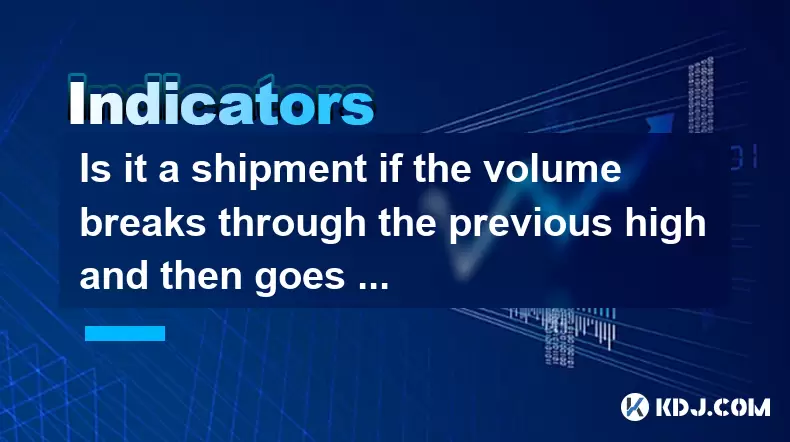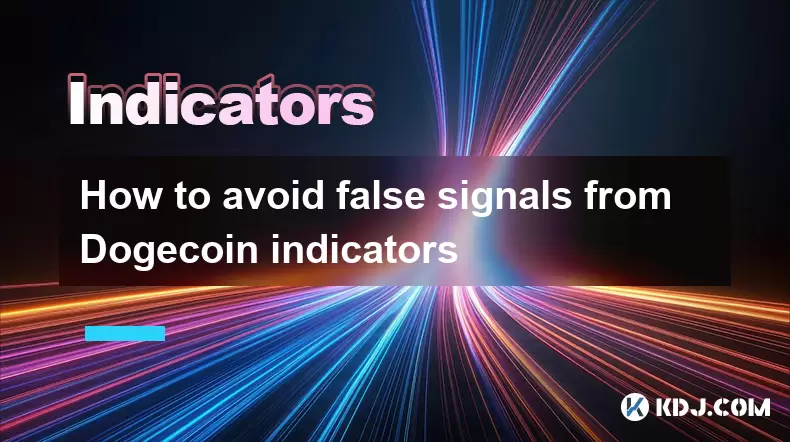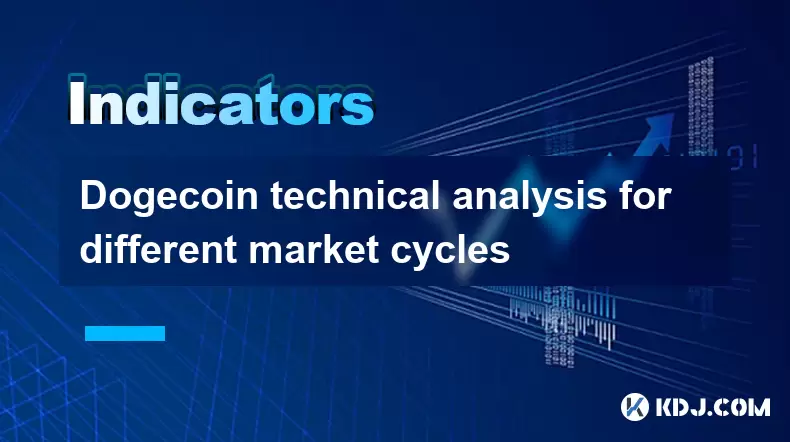-
 Bitcoin
Bitcoin $108,250.0992
0.11% -
 Ethereum
Ethereum $2,515.9404
0.03% -
 Tether USDt
Tether USDt $1.0003
0.00% -
 XRP
XRP $2.2166
-0.19% -
 BNB
BNB $656.5904
0.29% -
 Solana
Solana $147.4122
-0.58% -
 USDC
USDC $1.0000
-0.01% -
 TRON
TRON $0.2830
0.06% -
 Dogecoin
Dogecoin $0.1641
0.27% -
 Cardano
Cardano $0.5739
-0.19% -
 Hyperliquid
Hyperliquid $39.1463
-0.11% -
 Sui
Sui $2.8882
-0.02% -
 Bitcoin Cash
Bitcoin Cash $487.6428
0.31% -
 Chainlink
Chainlink $13.2097
0.07% -
 UNUS SED LEO
UNUS SED LEO $9.0308
0.10% -
 Avalanche
Avalanche $17.8608
0.13% -
 Stellar
Stellar $0.2379
-0.06% -
 Toncoin
Toncoin $2.7400
-0.39% -
 Shiba Inu
Shiba Inu $0.0...01144
-0.36% -
 Litecoin
Litecoin $87.5467
0.66% -
 Hedera
Hedera $0.1538
0.22% -
 Monero
Monero $315.5479
0.36% -
 Dai
Dai $1.0000
0.00% -
 Polkadot
Polkadot $3.3523
-0.71% -
 Ethena USDe
Ethena USDe $1.0003
0.01% -
 Bitget Token
Bitget Token $4.3960
-1.03% -
 Uniswap
Uniswap $7.2663
4.19% -
 Aave
Aave $272.8619
2.04% -
 Pepe
Pepe $0.0...09676
-0.18% -
 Pi
Pi $0.4586
-2.87%
Is it a shipment if the volume breaks through the previous high and then goes sideways for three consecutive days?
A surge in volume followed by three days of sideways price action may signal accumulation or distribution, hinting at a potential trend continuation or reversal.
Jul 02, 2025 at 11:21 pm

Understanding Volume Breakouts in Cryptocurrency Trading
In cryptocurrency trading, volume is one of the most critical indicators used to confirm price movements and potential trend reversals. When a cryptocurrency's volume breaks through the previous high, it often signals increased interest from traders or institutional investors. This surge in volume typically precedes significant price action. However, when this breakout is followed by three consecutive days of sideways movement, it raises questions about whether the asset is entering a phase of accumulation, distribution, or simply consolidating.
Volume breakouts are usually interpreted as signs that a new trend may be emerging. In traditional technical analysis, higher-than-average volume during a breakout increases the likelihood that the move is genuine rather than a false signal.
What Does It Mean When Price Goes Sideways After a Volume Breakout?
After a volume spike, a period of consolidation — where the price moves sideways — can mean several things depending on the broader market context. Sideways movement indicates indecision among traders. It could also reflect profit-taking after a sharp move or preparation for the next leg up (or down).
When this consolidation lasts for three consecutive days, it becomes more meaningful from a technical standpoint. Traders often look at this as a possible sign of distribution or accumulation. If the price breaks out again after this consolidation phase, especially with strong volume, it might confirm the continuation of the prior trend.
- Accumulation: Buyers are quietly stepping in, absorbing available supply without pushing the price higher immediately.
- Distribution: Sellers are offloading their holdings gradually, keeping the price range-bound while trying not to trigger panic selling.
The key lies in analyzing what happens after the consolidation ends — does the price resume its upward trajectory, or does it fall below the consolidation zone?
How to Confirm Whether It’s a Shipment or Not
To determine whether the sideways movement following a volume breakout represents a shipment (distribution) or not, traders must examine several factors:
- Price Action: Look at how the price behaves within the consolidation zone. Is it holding above key support levels? Are there frequent rejections at resistance?
- Volume During Consolidation: Compare the average volume during the consolidation phase with the volume before and after. Lower volume during consolidation may suggest lack of interest.
- Order Flow: Advanced traders use tools like order books or on-chain data to see if large entities are buying or selling behind the scenes.
If the price eventually breaks down with heavy volume, it may indicate that the initial volume spike was indeed a trap set by large players to sell into the hype — commonly referred to as a "bear trap" or "shipment."
Case Study: Analyzing a Real Crypto Chart Pattern
Let’s walk through a practical example using a hypothetical chart pattern observed in a popular cryptocurrency like Bitcoin (BTC) or Ethereum (ETH).
Assume BTC experiences a sudden spike in volume, breaking above a previous high. The price surges sharply, but then over the next three days, it moves sideways within a tight range. During this time, volume gradually declines.
- Day 1: Volume remains elevated, suggesting continued participation.
- Day 2: Volume drops slightly but still above average.
- Day 3: Volume falls significantly, indicating fading momentum.
At this point, traders should watch for a breakout — either to the upside or downside. A strong bullish breakout with renewed volume suggests the consolidation was part of an accumulation phase. Conversely, a bearish breakout with high volume confirms a shipment scenario.
Tools and Indicators to Help Identify Shipments
Several technical indicators and tools can assist traders in identifying whether a consolidation period after a volume spike is a potential shipment:
- On-Balance Volume (OBV): Helps track cumulative buying and selling pressure. A declining OBV during consolidation hints at distribution.
- Volume Weighted Average Price (VWAP): Useful for intraday traders to understand where the majority of volume occurred.
- Order Book Analysis: Watching for large sell walls or buy walls can reveal hidden intentions of big players.
Additionally, on-chain analytics platforms such as Glassnode or Santiment can provide insights into whale movements and large wallet transfers that may not be visible on the standard price chart.
Frequently Asked Questions
Q: What is a "shipment" in crypto trading terms?
A: In crypto trading, a "shipment" refers to a situation where large holders (often called whales) distribute their holdings to retail traders. This typically occurs after a sharp rally in price and is followed by a sideways or downward move as the sellers unload their coins.
Q: Can volume alone confirm a shipment?
A: No, volume alone cannot confirm a shipment. While high volume followed by low-volume consolidation may raise suspicion, confirmation comes from subsequent price action and additional tools like order book analysis or on-chain metrics.
Q: How long should a consolidation period last to be considered significant?
A: While there's no strict rule, a consolidation lasting at least three days is generally considered meaningful. Longer consolidation periods increase the chance that the pause is part of a larger accumulation or distribution phase.
Q: What should I do if I suspect a shipment is occurring?
A: If you suspect a shipment, avoid chasing breakouts until there's clear confirmation of trend continuation. Wait for a decisive close above or below the consolidation range, accompanied by strong volume, before taking a position.
Disclaimer:info@kdj.com
The information provided is not trading advice. kdj.com does not assume any responsibility for any investments made based on the information provided in this article. Cryptocurrencies are highly volatile and it is highly recommended that you invest with caution after thorough research!
If you believe that the content used on this website infringes your copyright, please contact us immediately (info@kdj.com) and we will delete it promptly.
- XRP's Upside Potential: Analysts Bullish Despite Accessibility Concerns
- 2025-07-06 10:30:13
- Dubai Hotelier, Crypto Scam, and an Arrest in India: A Tangled Web
- 2025-07-06 10:30:13
- Bitcoin's Calm Before the Storm: ETF Inflows Surge Amidst Low Volatility
- 2025-07-06 10:50:13
- Crypto Capital Inflows: Why Qubetics, Ethereum, and SUI are Investment Coins to Watch
- 2025-07-06 10:50:13
- Bitcoin, Crypto, and Polymarket: Decoding the Crystal Ball
- 2025-07-06 11:15:22
- XRP Price Prediction: Can XRP Break the Weekly Downtrend?
- 2025-07-06 11:00:13
Related knowledge

What is the significance of a Dogecoin engulfing candle pattern
Jul 06,2025 at 06:36am
Understanding the Engulfing Candle Pattern in CryptocurrencyThe engulfing candle pattern is a significant technical analysis tool used by traders to identify potential trend reversals in financial markets, including cryptocurrencies like Dogecoin. This pattern typically consists of two candles: the first one is relatively small and indicates the current...

Dogecoin monthly chart analysis for long term investors
Jul 06,2025 at 10:08am
Understanding the Dogecoin Monthly ChartFor long-term investors, analyzing the monthly chart of Dogecoin (DOGE) provides a macro view of its price behavior over extended periods. The monthly chart captures major trends, key resistance and support levels, and potential reversal zones that are crucial for strategic investment planning. Unlike daily or hou...

How to manage risk using ATR on Dogecoin
Jul 06,2025 at 02:35am
Understanding ATR in Cryptocurrency TradingThe Average True Range (ATR) is a technical indicator used to measure market volatility. Originally developed for commodities, it has found widespread use in cryptocurrency trading due to the high volatility inherent in digital assets like Dogecoin (DOGE). The ATR calculates the average range of price movement ...

How to avoid false signals from Dogecoin indicators
Jul 06,2025 at 06:49am
Understanding Dogecoin Indicators and Their LimitationsDogecoin indicators are tools used by traders to analyze price movements and make informed decisions. These include moving averages, Relative Strength Index (RSI), MACD, and volume-based metrics. However, these tools can sometimes generate false signals, especially in highly volatile markets like Do...

Dogecoin Donchian Channels strategy
Jul 06,2025 at 02:43am
What Are Donchian Channels?Donchian Channels are a technical analysis tool used to identify potential breakouts, trends, and volatility in financial markets. They consist of three lines: the upper band, which marks the highest high over a specific period; the lower band, which reflects the lowest low over the same period; and the middle line, typically ...

Bitcoincoin technical analysis for different market cycles
Jul 06,2025 at 09:14am
Understanding Dogecoin's Historical Price PatternsDogecoin (DOGE) has experienced several notable price cycles since its inception in 2013. Initially created as a meme-based cryptocurrency, it quickly gained popularity due to its vibrant community and celebrity endorsements. To perform technical analysis on Dogecoin, one must first understand how it beh...

What is the significance of a Dogecoin engulfing candle pattern
Jul 06,2025 at 06:36am
Understanding the Engulfing Candle Pattern in CryptocurrencyThe engulfing candle pattern is a significant technical analysis tool used by traders to identify potential trend reversals in financial markets, including cryptocurrencies like Dogecoin. This pattern typically consists of two candles: the first one is relatively small and indicates the current...

Dogecoin monthly chart analysis for long term investors
Jul 06,2025 at 10:08am
Understanding the Dogecoin Monthly ChartFor long-term investors, analyzing the monthly chart of Dogecoin (DOGE) provides a macro view of its price behavior over extended periods. The monthly chart captures major trends, key resistance and support levels, and potential reversal zones that are crucial for strategic investment planning. Unlike daily or hou...

How to manage risk using ATR on Dogecoin
Jul 06,2025 at 02:35am
Understanding ATR in Cryptocurrency TradingThe Average True Range (ATR) is a technical indicator used to measure market volatility. Originally developed for commodities, it has found widespread use in cryptocurrency trading due to the high volatility inherent in digital assets like Dogecoin (DOGE). The ATR calculates the average range of price movement ...

How to avoid false signals from Dogecoin indicators
Jul 06,2025 at 06:49am
Understanding Dogecoin Indicators and Their LimitationsDogecoin indicators are tools used by traders to analyze price movements and make informed decisions. These include moving averages, Relative Strength Index (RSI), MACD, and volume-based metrics. However, these tools can sometimes generate false signals, especially in highly volatile markets like Do...

Dogecoin Donchian Channels strategy
Jul 06,2025 at 02:43am
What Are Donchian Channels?Donchian Channels are a technical analysis tool used to identify potential breakouts, trends, and volatility in financial markets. They consist of three lines: the upper band, which marks the highest high over a specific period; the lower band, which reflects the lowest low over the same period; and the middle line, typically ...

Bitcoincoin technical analysis for different market cycles
Jul 06,2025 at 09:14am
Understanding Dogecoin's Historical Price PatternsDogecoin (DOGE) has experienced several notable price cycles since its inception in 2013. Initially created as a meme-based cryptocurrency, it quickly gained popularity due to its vibrant community and celebrity endorsements. To perform technical analysis on Dogecoin, one must first understand how it beh...
See all articles

























































































